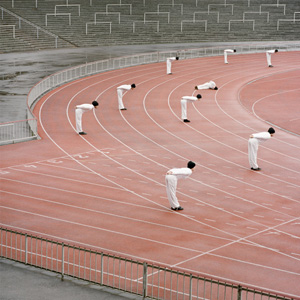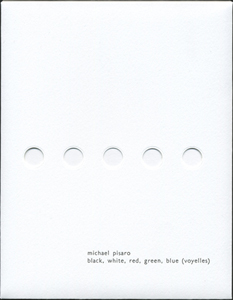 Released earlier this year as a single 120 minute cassette, the two variations on Pisaro's composition for guitar, performed by Barry Chabala, appears as a gorgeous new two CD reissue on the Winds Measure label. While it may lose a bit in its transition from analog to digital, the clarity of the CD format actually enhances the contrast between the two separate versions.
Released earlier this year as a single 120 minute cassette, the two variations on Pisaro's composition for guitar, performed by Barry Chabala, appears as a gorgeous new two CD reissue on the Winds Measure label. While it may lose a bit in its transition from analog to digital, the clarity of the CD format actually enhances the contrast between the two separate versions.
Two new shows just for you. We have squeezed out two extended release episodes for this weekend to get you through this week. They contain mostly new songs but there's also new issues from the vaults. The first show features music from Rider/Horse, Mint Field, Robert Aiki Aubrey Lowe, Anastasia Coope, ISAN, Stone Music, La Securite, Bark Psychosis, Jon Rose, Master Wilburn Burchette, Umberto, Wand, Tim Koh, Sun An, and Memory Drawings. The second episode has music by Laibach, Melt-Banana, Chuck Johnson, X, K. Yoshimatsu, Dorothy Carter, Pavel Milyakov, Violence Gratuite, Mark Templeton, Dummy, Endon, body / negative, Midwife, Alberto Boccardi, Divine. Cow in Maui from Veronika in Vienna. Get involved: subscribe, review, rate, share with your friends, send images! |



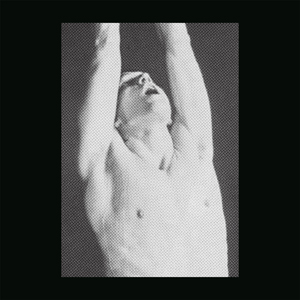 Straddling the line between carefully programmed electronic rhythms and aggressive dissonance, this EP strikes an odd, yet fascinating balance between the two. Parts of the album are familiar, reminiscent of late 1990s electronica, but Damaskin takes the final product in a different direction, however, and puts a unique spin on a familiar sound.
Straddling the line between carefully programmed electronic rhythms and aggressive dissonance, this EP strikes an odd, yet fascinating balance between the two. Parts of the album are familiar, reminiscent of late 1990s electronica, but Damaskin takes the final product in a different direction, however, and puts a unique spin on a familiar sound.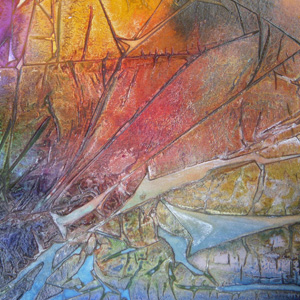 A little more than 20 years ago, in the fall of 1993, Windy Weber and Carl Hultgren started the Blue Flea label together in order to release their first record. Pressed to black wax, or purple if you were very lucky, the Watersong/Dragonfly 7" was presented in a simple green sleeve with a picture of a tree on one side and, on the other, the image of three broad maple leaves. Last year, for Record Store Day 2013, Windy and Carl inaugurated their 20th anniversary celebrations with the release of a cassette documenting their 2009 performance at the Solar Culture Gallery in Tucson, Arizona, a single night on what they claim was their last ever tour. Then, in December, they reunited with Dominic Martin, who put out the Emerald 7" on Enraptured in 1995, and released the Calliope/Carnivale single. The cassette caught Windy and Carl somewhere between We Will Always Be and Songs for the Broken Hearted mode, but the 45 was a glance over their shoulders, with a surprise percussion-injected twist tucked away on the B-side. Pressed to red vinyl (the orange vinyl edition sold out in a flash) and adorned in bright, hand painted sleeves that resemble fossilized leaves, I Walked Alone/At Night concludes the celebratory trilogy with a pair of reflective beauties, cool and crystalline from a distance, but red hot at their core. It is a fiery return to that green-sleeved single from 1993, reinforced and refreshed by Windy’s new-found inspiration, Carl’s seemingly effortless playing, and 20 years of hard work.
A little more than 20 years ago, in the fall of 1993, Windy Weber and Carl Hultgren started the Blue Flea label together in order to release their first record. Pressed to black wax, or purple if you were very lucky, the Watersong/Dragonfly 7" was presented in a simple green sleeve with a picture of a tree on one side and, on the other, the image of three broad maple leaves. Last year, for Record Store Day 2013, Windy and Carl inaugurated their 20th anniversary celebrations with the release of a cassette documenting their 2009 performance at the Solar Culture Gallery in Tucson, Arizona, a single night on what they claim was their last ever tour. Then, in December, they reunited with Dominic Martin, who put out the Emerald 7" on Enraptured in 1995, and released the Calliope/Carnivale single. The cassette caught Windy and Carl somewhere between We Will Always Be and Songs for the Broken Hearted mode, but the 45 was a glance over their shoulders, with a surprise percussion-injected twist tucked away on the B-side. Pressed to red vinyl (the orange vinyl edition sold out in a flash) and adorned in bright, hand painted sleeves that resemble fossilized leaves, I Walked Alone/At Night concludes the celebratory trilogy with a pair of reflective beauties, cool and crystalline from a distance, but red hot at their core. It is a fiery return to that green-sleeved single from 1993, reinforced and refreshed by Windy’s new-found inspiration, Carl’s seemingly effortless playing, and 20 years of hard work.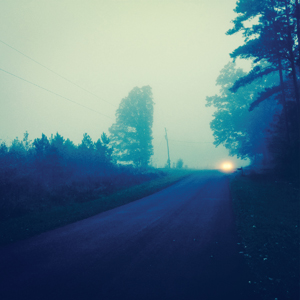 The pairing of Jenks Miller (Horseback) and James Toth (Wooden Wand) makes perfect sense, given both of them work with their own idiosyncratic approaches to southern Americana, resulting in music that is at times familiar and simultaneously unique. On this split release, each artist submitted three songs that are not only some of their most accessible material, but also complement each other wonderfully.
The pairing of Jenks Miller (Horseback) and James Toth (Wooden Wand) makes perfect sense, given both of them work with their own idiosyncratic approaches to southern Americana, resulting in music that is at times familiar and simultaneously unique. On this split release, each artist submitted three songs that are not only some of their most accessible material, but also complement each other wonderfully.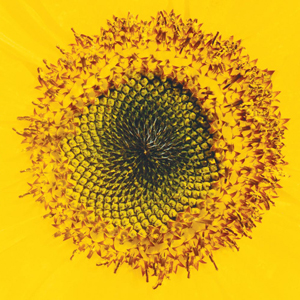 As a former member of Skullflower and Ascension, Jaworzyn was one of the elite guitar manglers of the '90s noise rock UK scene before seemingly disappearing form the earth. Last year, along with a series of Skullflower reissues, Jaworzyn reappeared with a few singles embracing electronic instrumentation, while still pursuing that world of noise and entropy he did via six strings. Principles of Inertia is another manifestation of this electronic infatuation, with a joyful disregard for genre traditions or conventions.
As a former member of Skullflower and Ascension, Jaworzyn was one of the elite guitar manglers of the '90s noise rock UK scene before seemingly disappearing form the earth. Last year, along with a series of Skullflower reissues, Jaworzyn reappeared with a few singles embracing electronic instrumentation, while still pursuing that world of noise and entropy he did via six strings. Principles of Inertia is another manifestation of this electronic infatuation, with a joyful disregard for genre traditions or conventions.
 My general lack of excitement about current glut of synthesizer albums is well-documented, but there are a handful of artists that I still look forward to and Koen Holtkamp is one of them. On this, his first solo album for Thrill Jockey, he delivers yet another fine set of vibrantly burbling analog sounds. While I do not necessarily love every single song on Motion, it certainly contains some of his best work and reaffirms my belief that Koen is in a class of his own when it comes to constructing dynamic, multi-layered synth opuses.
My general lack of excitement about current glut of synthesizer albums is well-documented, but there are a handful of artists that I still look forward to and Koen Holtkamp is one of them. On this, his first solo album for Thrill Jockey, he delivers yet another fine set of vibrantly burbling analog sounds. While I do not necessarily love every single song on Motion, it certainly contains some of his best work and reaffirms my belief that Koen is in a class of his own when it comes to constructing dynamic, multi-layered synth opuses.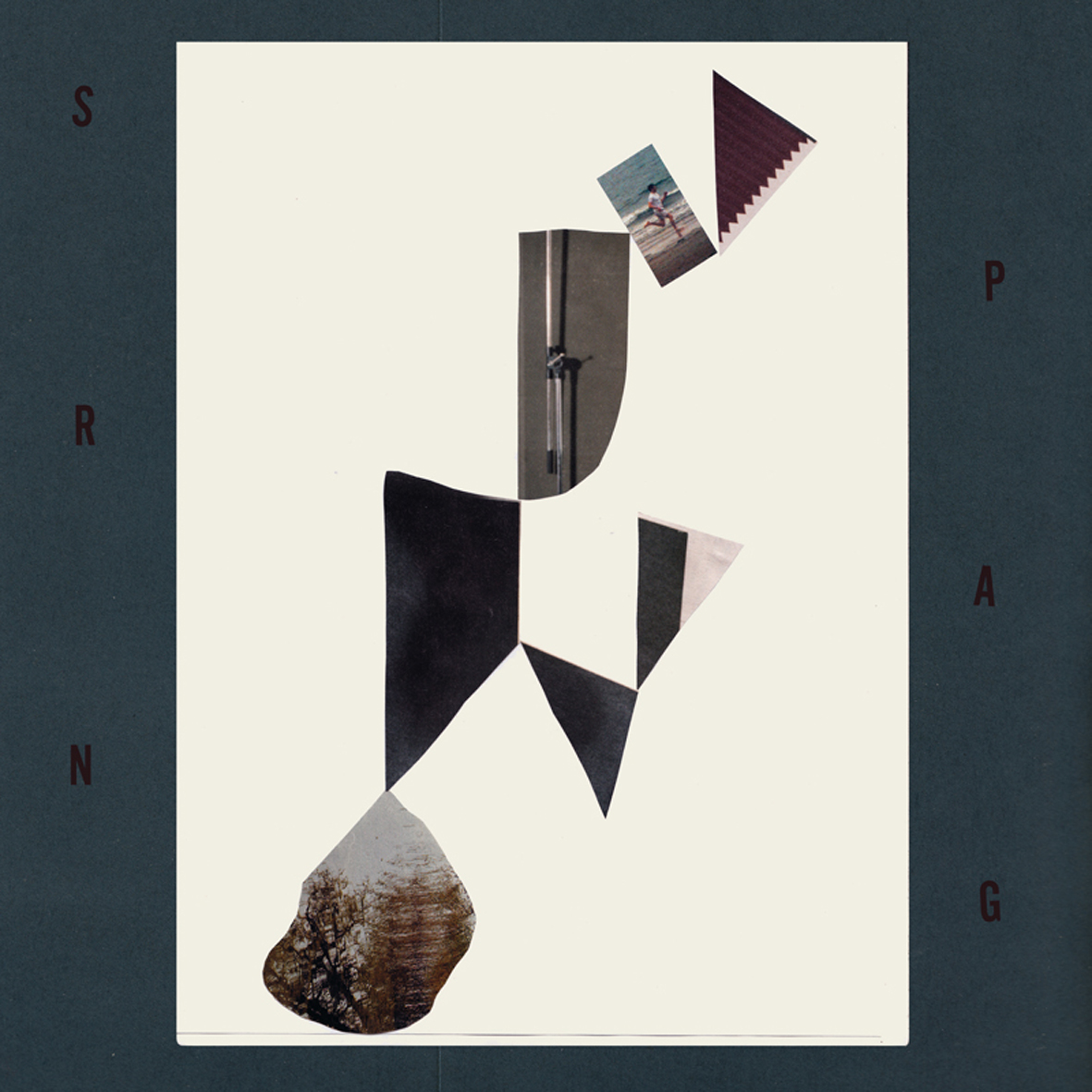 This is Thielemans' first full-length for Miasmah as a solo artist, but he has previously turned up on the label as a guest on Kreng's debut album, which provides a fairly accurate window into the milieu from which he is coming: the darker, weirder fringes of Belgium's theater/improv/art scene. Unlike his fellow shadowy avant-garde eccentrics, however, Eric is primarily a drummer and Sprang is composed almost entirely of unusual percussion experiments. Needless to say, that is some rather niche territory to occupy in an already very niche scene, but this is quite a remarkably fascinating album for a one-man tour de force of skittering, plinking percussion.
This is Thielemans' first full-length for Miasmah as a solo artist, but he has previously turned up on the label as a guest on Kreng's debut album, which provides a fairly accurate window into the milieu from which he is coming: the darker, weirder fringes of Belgium's theater/improv/art scene. Unlike his fellow shadowy avant-garde eccentrics, however, Eric is primarily a drummer and Sprang is composed almost entirely of unusual percussion experiments. Needless to say, that is some rather niche territory to occupy in an already very niche scene, but this is quite a remarkably fascinating album for a one-man tour de force of skittering, plinking percussion. Robot Records’ three-CD retrospective of Jacques Lejeune’s music from the early 1970s and 1980s contains over three hours of heady electronic noise, surreal acoustic transformations, deconstructed field recordings, and disorienting aural splutter. It is a collection that spans 14 years and six electroacoustic compositions: one composed for ballet and inspired by Snow White, another inspired by the myth of Icarus, and others by landscapes, symphonic form, and cyclical movement, among other things. They flash with theatrical flair, jump unpredictably through minute variations, and churn chaotically, tossing fabricated scree and instrumental slag into the air. A 28 page bilingual booklet filled with photographs, drawings, and program notes accompanies the set, along with a 32 page booklet of interpretive poetry. In them, Lejeune, Alain Morin, and Yak Rivais offer up remarkably precise interpretations for each of the pieces, but the writing works much better as a rough guide to the visually evocative clamor of Lejeune’s electric transmissions.
Robot Records’ three-CD retrospective of Jacques Lejeune’s music from the early 1970s and 1980s contains over three hours of heady electronic noise, surreal acoustic transformations, deconstructed field recordings, and disorienting aural splutter. It is a collection that spans 14 years and six electroacoustic compositions: one composed for ballet and inspired by Snow White, another inspired by the myth of Icarus, and others by landscapes, symphonic form, and cyclical movement, among other things. They flash with theatrical flair, jump unpredictably through minute variations, and churn chaotically, tossing fabricated scree and instrumental slag into the air. A 28 page bilingual booklet filled with photographs, drawings, and program notes accompanies the set, along with a 32 page booklet of interpretive poetry. In them, Lejeune, Alain Morin, and Yak Rivais offer up remarkably precise interpretations for each of the pieces, but the writing works much better as a rough guide to the visually evocative clamor of Lejeune’s electric transmissions.